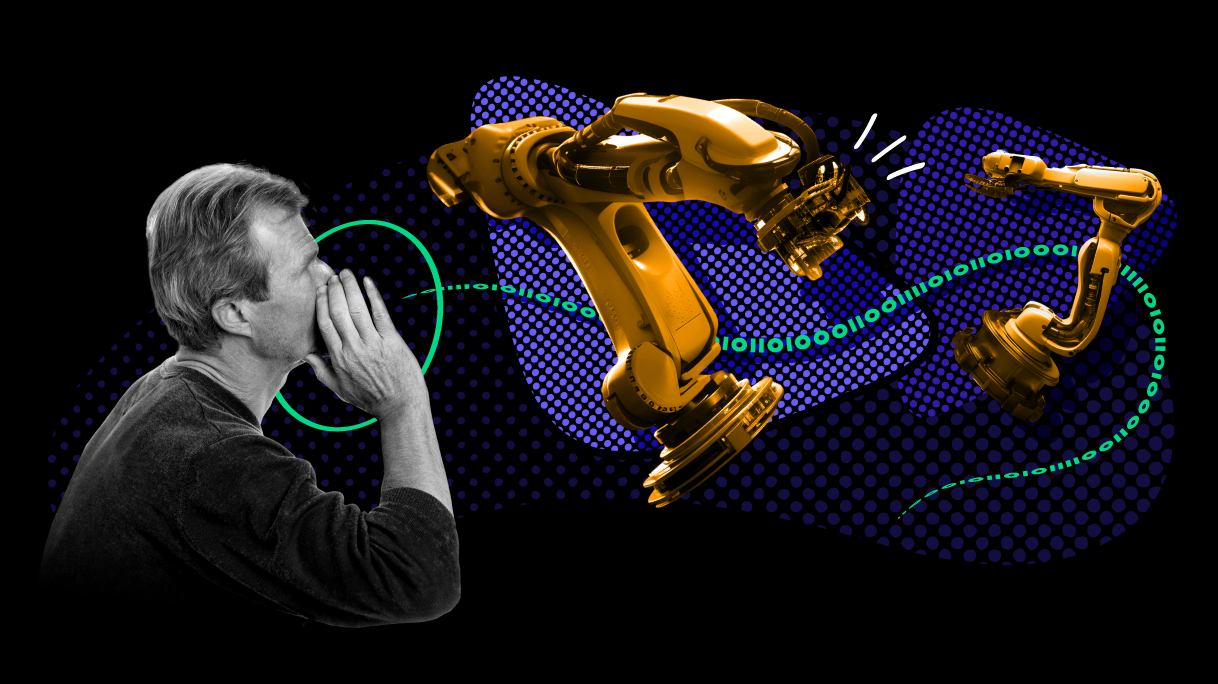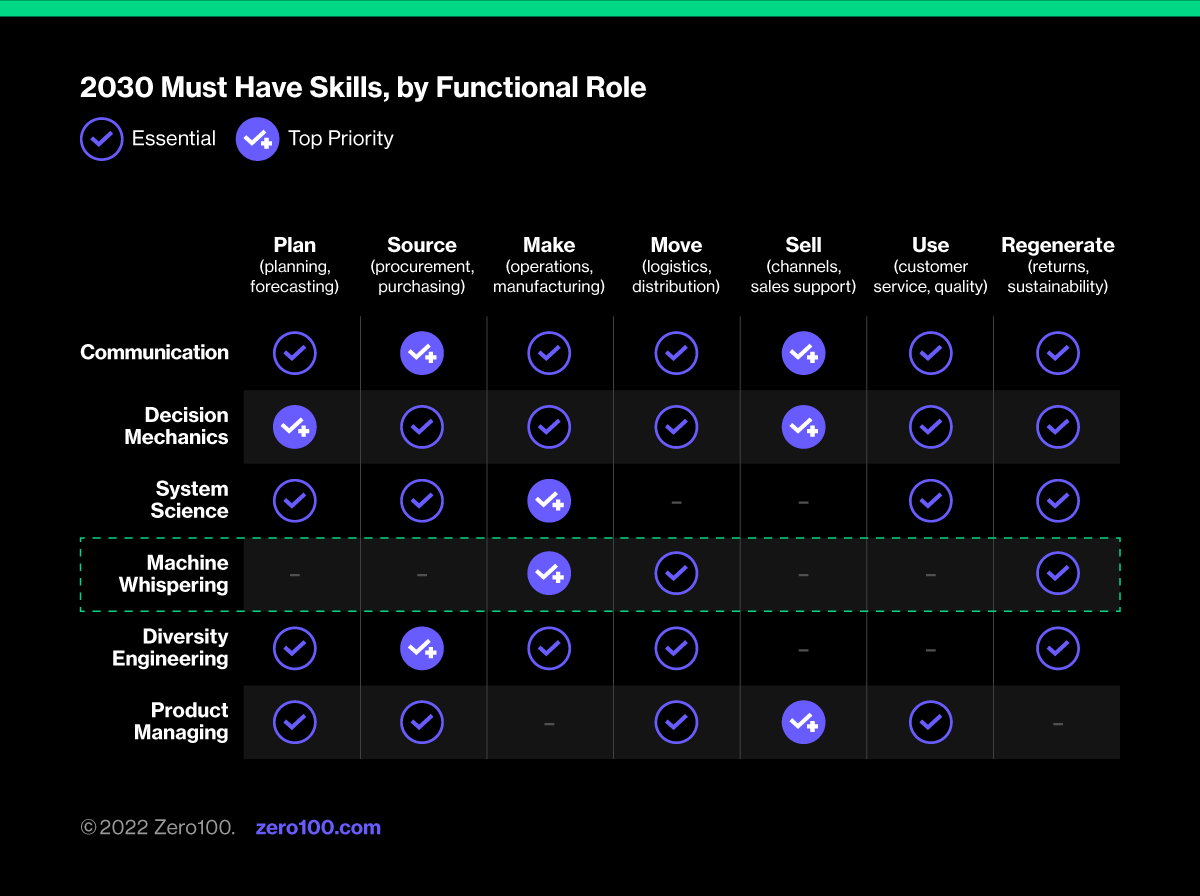
Automation without People Is a Recipe for Failure
People strategy, technology strategy, and business strategy are inextricably linked. Yes, automation replaces human work. In fact, that’s its purpose. But the business goal is less about cutting costs than it is about growing opportunity.
Luciano Sieber, CSCO of Colgate-Palmolive, recently forwarded me a Wall Street Journal article about Stanley Black & Decker’s (SBD) “doomed” factory automation push in Fort Worth, Texas. The subject line on Luciano’s email to me was: “Telltale story about automation without skills and faulty design.” We’ve discussed this topic more than once as a hurdle to transforming manufacturing.
The nugget in here is “not so easy!” The design principle is to religiously approach automation with a rock-solid understanding of how human skill and leadership are the unlocks for scaling up new technology in a manufacturing process.
Respect Your Machine Whisperers
Before throwing SBD under the bus, let’s be clear that the logic and even project approach – heading into this top-down initiative to manufacture CRAFTSMAN tools domestically for the US market – was smart. Decoupling from China in 2019 was a step ahead of most brands, and SBD had the formula right when they bet on automation to accommodate higher US labor costs. So far, so good, but then COVID hit, and plans changed.
The WSJ article nails the breakdown with dueling quotes: “[Steve] Stafstrom (then VP of Global Operations), who retired in 2021, said the factory’s struggles were exacerbated by attrition among ’gray-haired folks’ with deep knowledge of tool making, while [Tom] Felty (then an electroplating engineer in the plant) said turnover at the top of Stanley’s tool division contributed.”
Long story short, gaps in the people plan seem to have foiled the business strategy.
Stafstrom’s comment points to something Zero100 discovered in research on future-proofing digitization skills, which is that supply chain automation requires a clique of “machine whisperers” who intimately understand the processes being transformed by technology. This includes knowing how materials behave in conversion steps that involve heating, cutting, extruding, mold filling, or whatever else it may be. It also includes easily overlooked human capabilities like vision, spatial awareness, and manual dexterity.

This kind of detail is critical in manufacturing automation. Kevin McCoy, VP of Made for New Balance, is eloquent on this principle in shoemaking, which New Balance has done in the US for a century and is now scaling up as part of a top-down initiative much like SBD’s. McCoy’s relationship with the people in his Lawrence, Massachusetts factory and personal connection with the process are explicitly governing the company’s equipment design and deployment process.
Continuity Counts
The other half of WSJ’s dueling quotes paragraph is just as important. Electroplating engineer Tom Felty lamented turnover in leadership as a contributor to the failure. At a time of crisis during COVID, and in the face of challenges with equipment suppliers, customer expectation misses, and other typical bumps on the road to transformation, SBD cycled through no fewer than five presidents of the tool business, according to the WSJ. This lack of consistent leadership makes it hard for teams wrestling with new technology and tools as they work to "dial in" processes to scale.
In SBD’s case, the automation overhaul was never a complete disaster of technology or even process. The machinery worked but needed to be tuned, which would have required halving the production rate to allow operators to debug part placement and post-processing of stamped metal parts. Unfortunately, leadership’s public messaging to both customers and investors had boxed them in, with COVID delays eating up time buffers needed to solve problems.
Continuity could have helped buy time for plant teams to work through the issues while staying on course. Rival toolmaker Snap-on has transitioned to more automation in its US manufacturing operations, increasing the robot to human ratio from 1:100 to 1:8 – but this transition will take place over a period of twelve years, with CEO Nick Pinchuk at the helm.
Robots and People Need Each Other
The lesson of SBD’s Fort Worth factory is that people strategy, technology strategy, and business strategy are inextricably linked. Automation replaces human work – in fact, that’s its purpose. But the business goal is less about cutting costs than it is about growing opportunity. In SBD’s case, the idea was to grow sales by pitching “Made in America.”
The robots may have been ready, but too little attention was paid to the people.